Kellogg Dam removal expected to enhance critical spawning habitats and reduce environmental hazards for threatened fish species
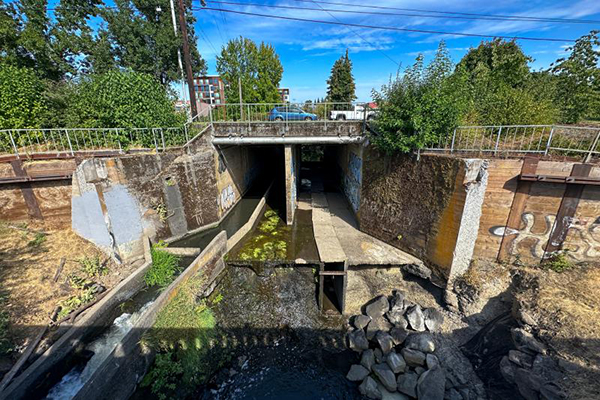
NOAA’s Office of Habitat Conservation has provided a $15 million grant to non-profit American Rivers to lead the removal of the Kellogg Dam at Kellogg Creek’s mouth, a Lower Willamette River tributary. The project aims to improve upstream access for critical spawning and rearing habitats for threatened species, including Upper Willamette River Chinook, steelhead, Lower Columbia River coho, and Pacific lamprey.
“The dam was built in 1858 and ceased to operate 40 years later,” said Megan Hilgart, Marine Habitat Resource Specialist for the NOAA Restoration Center. “It’s been limiting fish passage and backing up stagnant water for 125 years. There are traces of Chinook and coho salmon upstream, but nothing compared to how many should be there.”
The project in Milwaukie, Ore., will open 17 miles of stream and restore 15 acres of floodplain habitat for migratory fish. It includes replacing the bridge on Oregon 99E to improve pedestrian safety and connect the Lower Willamette River with the Kellogg Creek corridor. Additionally, the project will transform a pond behind the dam into a riverine habitat, enhancing water quality and reducing flooding. It will also involve the community in planning and provide local students with educational opportunities in science and habitat restoration.
“This project has so many benefits: cultural, community quality of life and environmental,” said April McEwen, Kellogg project manager and American Rivers’ Northwest dam removal program director. “It will restore connectivity between diverse habitats for people and wildlife, increase community resiliency by transforming a pond full of sediment and trash to a highly functional river ecosystem with keystone species and build sustainable infrastructure that can withstand the threats forecasted with climate change.”
Can dam removal actually restore fish populations in U.S. rivers?
Currently, salmon and steelhead struggle to climb the poorly functioning fish ladder on the dam. Those that succeed encounter a 15-acre shallow impoundment pond, known as Kellogg Lake, filled with sediment and lacking shade, which heats rapidly in the sun. A 2023 study revealed that this impoundment raises the water temperature of Kellogg Creek by nearly 3 degrees (Fahrenheit), stressing the salmon by altering their metabolism and behavior.
Dismantling the dam will allow adult salmon to reach upstream spawning habitat, decrease water temperature and restore natural hydrologic processes and sediment transport. The planned floodplain restoration in the 15-acre pond will provide additional rearing habitat and cooler water for species using the Lower Willamette. Removing the sediment piled up in Kellogg Lake will reduce flooding risks and address health concerns associated with contaminants.
The project will replace the 90-year-old Kellogg Creek Bridge with a new structure independent of the dam for stability, including a pedestrian underpass linking to the Lower Willamette River waterfront.
Now that you've reached the end of the article ...
… please consider supporting GSA’s mission to advance responsible seafood practices through education, advocacy and third-party assurances. The Advocate aims to document the evolution of responsible seafood practices and share the expansive knowledge of our vast network of contributors.
By becoming a Global Seafood Alliance member, you’re ensuring that all of the pre-competitive work we do through member benefits, resources and events can continue. Individual membership costs just $50 a year.
Not a GSA member? Join us.
Author
Tagged With
Related Posts
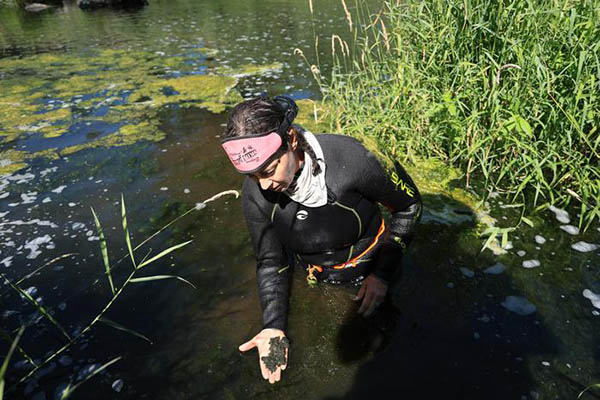
Fisheries
Dam removals, restoration project on Klamath River expected to help salmon
Dam removals on the Klamath River in Oregon and California are expected to restore salmon habitat originally altered more than 100 years ago.
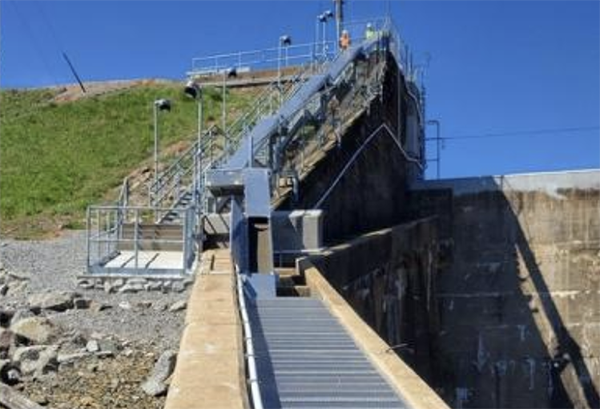
Responsibility
Make way for eels: New fish passage restores access to 1,000 miles of previously blocked North Carolina habitat
New fish passage facilities along hydropower dams allow American eel and other fish to access previously blocked upstream habitats.
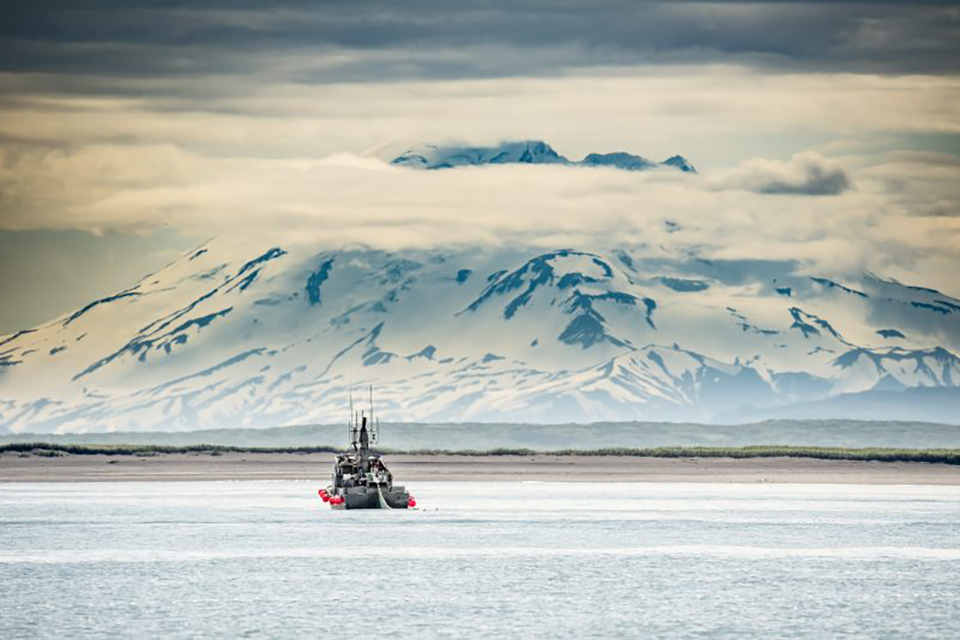
Fisheries
Even with Pebble Mine dead in the water, mining-fishing collisions may be inevitable
Mining can degrade water quality and impact fisheries, but some consider the Pebble Mine in Alaska as necessary for the metals for green tech.
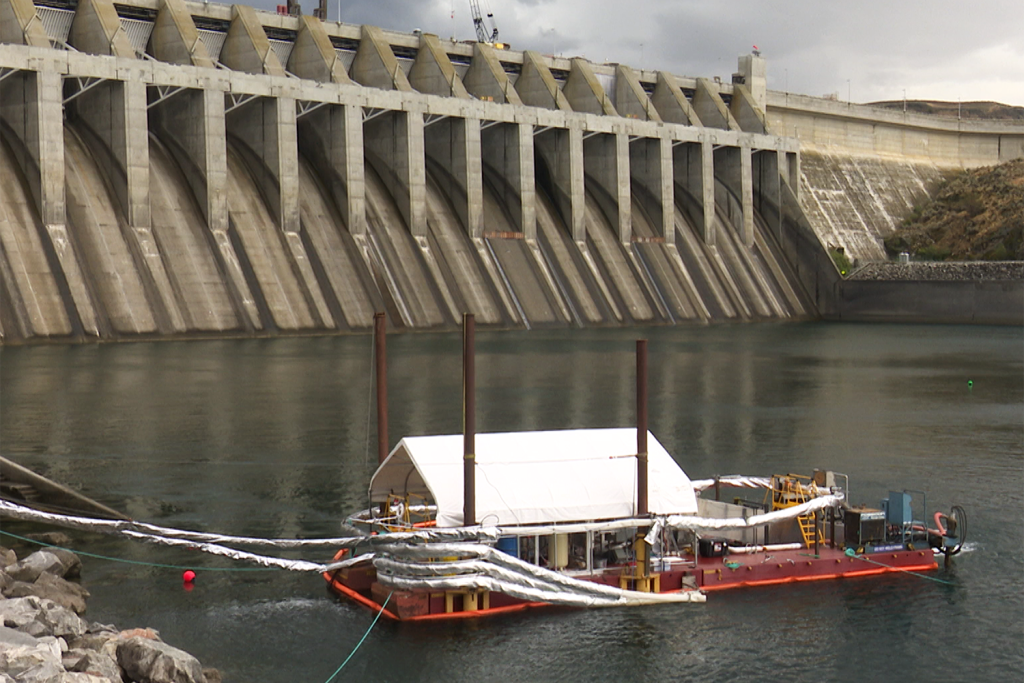
Innovation & Investment
Through the tubes: Using pneumatic tubes to transport fish, this company’s fish passage is in demand
Whooshh Innovations uses pneumatic tubes to transport fish in wild and farmed environments, greatly reducing stress and improving product quality.



